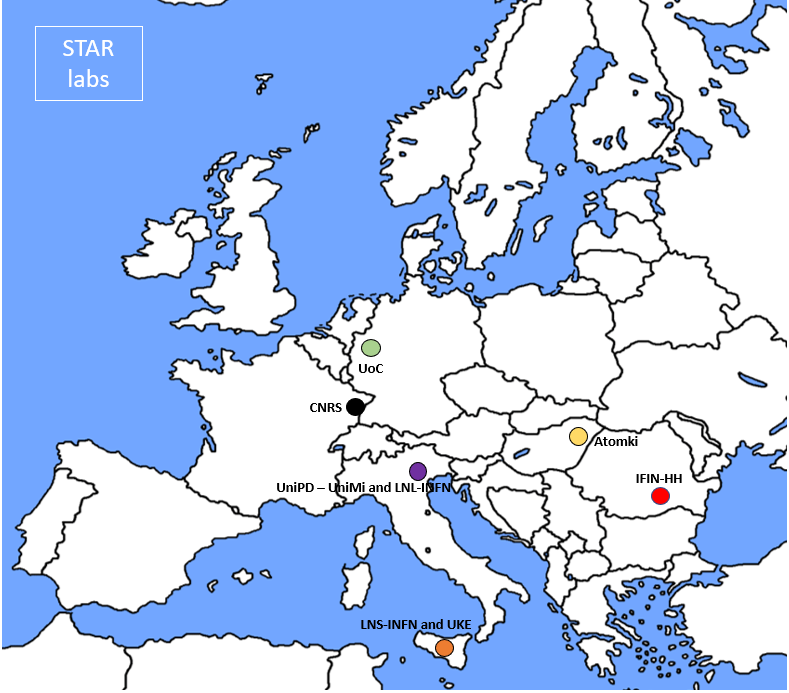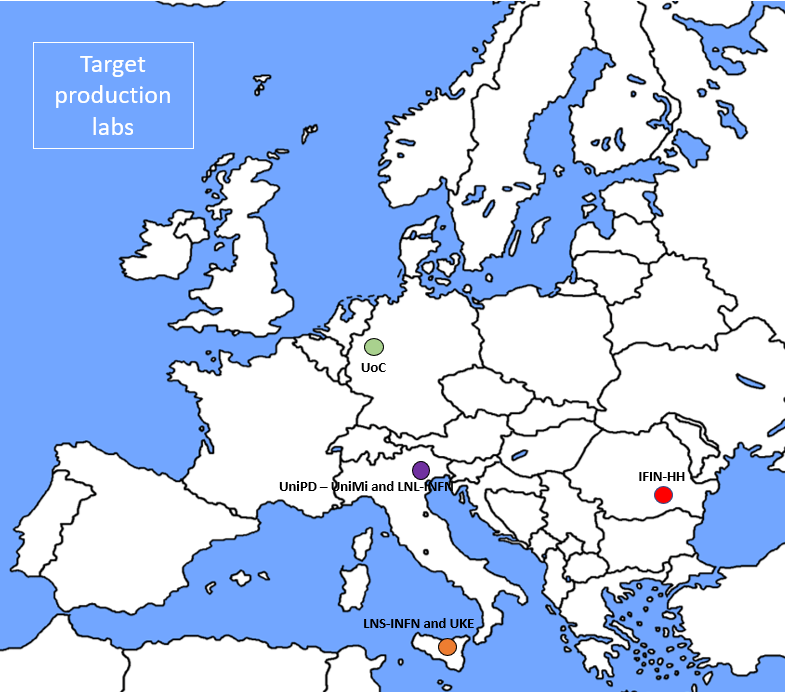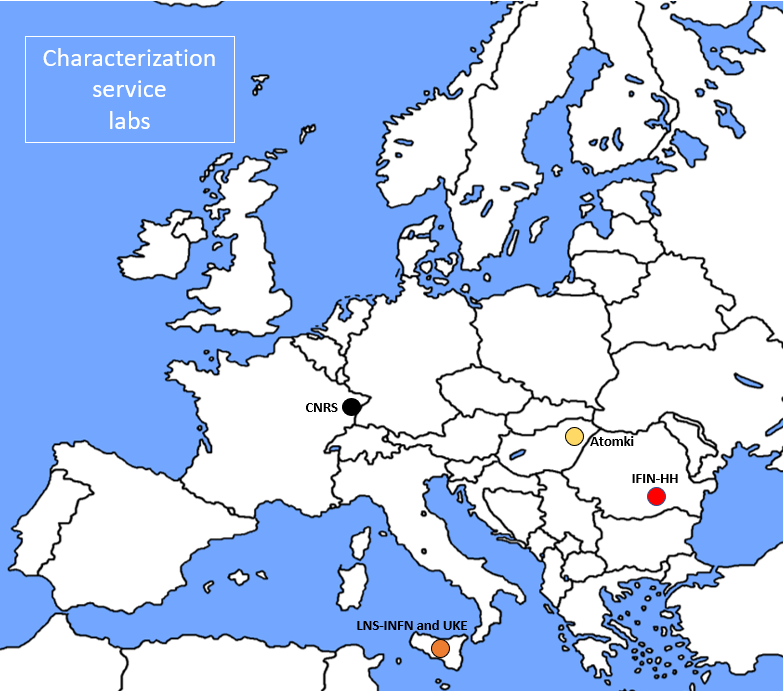Authors: R. Spartà1, A. Caciolli2,3, S. Courtin4, R. Depalo5,6, N. Florea7, F. Heim8, M. Heine4, M. La Cognata1, A. Massara1, J. Nippert4, D. Piatti2,3, R.G. Pizzone1, J. Skowronski2,3, L. Trache7, A. Tumino1,9
1) Laboratori Nazionali del Sud, INFN, Catania, Italy; 2) Università degli Studi di Padova, Padova, Italy; 3) INFN, Sezione di Padova, Padova, Italy; 4) Université de Strasbourg, CNRS, IPHC, Strasbourg, France; 5) INFN, Sezione di Milano, Milano, Italy; 6) Università degli Studi di Milano, Milano, Italy; 7) IFIN-HH, Magurele, Romania; 8) Universität zu Köln, Köln, Germany; 9) Università degli Studi Kore, Enna, Italy
One of the paths of nuclear astrophysics progress passes by the development of nuclear reaction targets, which is the work of “STAR” (Solid Targets for Astrophysics Research), the first out of four tasks of the Work Package 3 (Joint Research Activity 1), which tackles four key challenges of the actual astronuclear laboratories in accelerator-based experiments: from the production of a suitably selected ion beam (Task 3.4), to the targets to be irradiated (Task 3.1 solid targets, Task 3.2 gas targets), and the detectors observing the reaction products (Task 3.3 neutron detectors).

The map above (Fig. 1) shows the institutions participating in STAR:
- ATOMKI (Hungary)
- CNRS (France)
- IFIN-HH (Romania)
- LNS-INFN University Kore (Italy)
- University of Padua, University of Milan (operating at LNL-INFN, Italy), and
- University of Cologne (Germany).
The members of STAR people want to develop, test and make protocols of special solid targets complying with the requirements of the experimental studies of nuclear reactions of astrophysical interest – namely purity, enrichment, composition, thickness, and stability when hit by an ion beam.
Particularly, STAR will work towards the realization of:
- ultra-pure material targets for low reaction yields to be studied, in which signals from parasitic reactions on impurities can limit experiments and must therefore be avoided.
A brief overview of the target preparation procedures and techniques can be found in the “Target realization” section of the LNS-INFN contribution. - noble gases targets being impossible for helium and neon to create solid compounds, they will be implanted into a host material, used as solid targets, and tested to follow their stability under beam bombardment. These targets are required to perform measurements of key reactions for the understanding of the s-process nucleosynthesis in evolved stars.
This work will be mainly done at LNS-INFN, in whose contribution webpage you can find details about.
Target Production
It will be made in all the participants institutions, except for ATOMKI and CNRS, as shown on the map in fig. 2. Moreover, preparation protocols will be created and published on this webpage.

Target Characterization
The STAR task is an ensemble of European target laboratories who want either to make progresses in the targets chapter of the experimental challenges in Nuclear Astrophysics and to offer a target characterization service to the whole nuclear astrophysics community through ChETEC-INFRA.
The characterization service map in Fig. 3 shows that this service will be available at the laboratories of INFN-LNS, IFIN-HH, ATOMKI and CNRS.

Inquiries regarding Target Production or Target Characterization can be sent by e-mail to .
